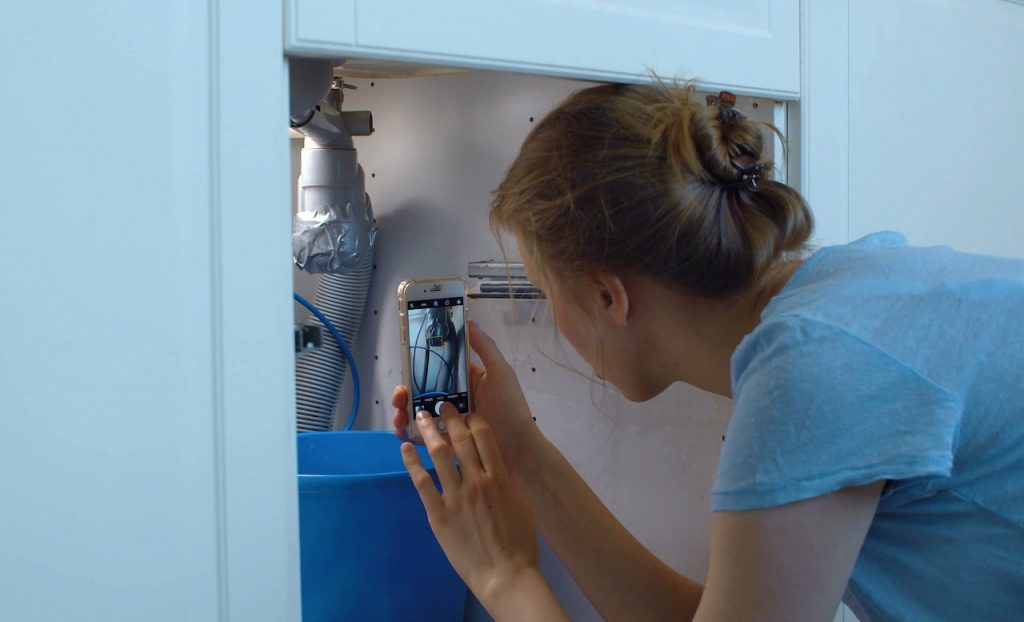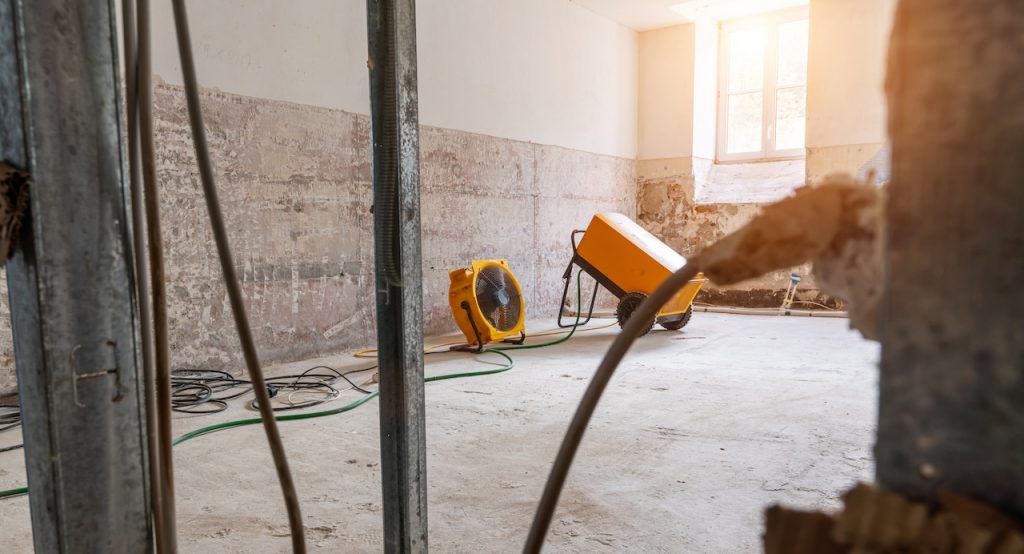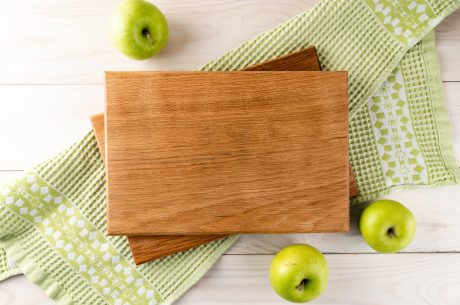Water damage can be devastating for any property owner, but understanding the science of water damage restoration can demystify the process and highlight the importance of professional intervention. At PuroClean of Rowland Heights, we utilize advanced techniques and industry knowledge to restore properties effectively and safely. This comprehensive guide will explore the science of water damage restoration and how our methods ensure thorough recovery.
The Science of Water Damage Restoration
Water damage restoration is a specialized field that combines various scientific principles to remove water and dry structures to prevent further damage. This process begins with a thorough assessment of the extent of the damage, identifying the water source, and determining the type of water involved. The science of water damage restoration involves understanding the properties of different materials, how they interact with water, and the best methods to restore them.
One critical aspect of this science is the classification of water damage. Water is categorized into three types: clean, gray, and black. Each category requires specific handling and treatment methods. For example, black water, which contains harmful contaminants, necessitates stringent safety measures and specialized cleaning procedures.

Ignoring routine maintenance on appliances can lead to costly consequences.
Advanced Techniques in Water Damage Restoration
At PuroClean of Rowland Heights, we employ state-of-the-art technology and advanced techniques to tackle water damage. The process typically involves several steps, starting with water extraction. High-powered pumps and vacuums remove standing water quickly, preventing further saturation and potential structural damage. Moisture detection tools, such as infrared cameras and hygrometers, are used to identify hidden moisture that can lead to mold growth if not addressed.
Dehumidification is another critical step in the restoration process. Dehumidifiers and air movers are strategically placed to dry out affected areas, preventing the growth of mold and mildew. This step is crucial, as excess moisture can compromise the integrity of building materials and lead to long-term damage.
The Importance of Professional Water Damage Restoration
Attempting DIY water damage restoration can lead to incomplete drying, missed moisture pockets, and potential health risks from mold exposure. The science of water damage restoration requires a comprehensive understanding of building materials, microbial growth, and proper drying techniques. Professional restoration services, like those offered by PuroClean of Rowland Heights, ensure that all affected areas are thoroughly dried, sanitized, and restored to pre-damage conditions.

Water damage restoration requires a lot of preparation.
External Resources and Best Practices
For more information on water damage restoration and best practices, consider reviewing guidelines from authoritative sources such as the Environmental Protection Agency (EPA) on Mold Remediation. The EPA provides detailed information on handling water damage and preventing mold growth, which is essential knowledge for any property owner.

Moisture meters can quickly assess how damp building materials are.
Restore & Protect Your Property the Professional Way
Water damage can have far-reaching consequences if not addressed promptly and properly. At PuroClean of Rowland Heights, we specialize in the science of water damage restoration, providing comprehensive services to restore your property and peace of mind. Our team has the latest technology and expertise to handle any water-damage situation. If you’re facing water damage, don’t hesitate to contact us. Visit our Water Damage Restoration Services page or call us at (626) 923-9992 for immediate assistance; our experts are available 24/7.




 PuroClean of Rowland Heights
PuroClean of Rowland Heights